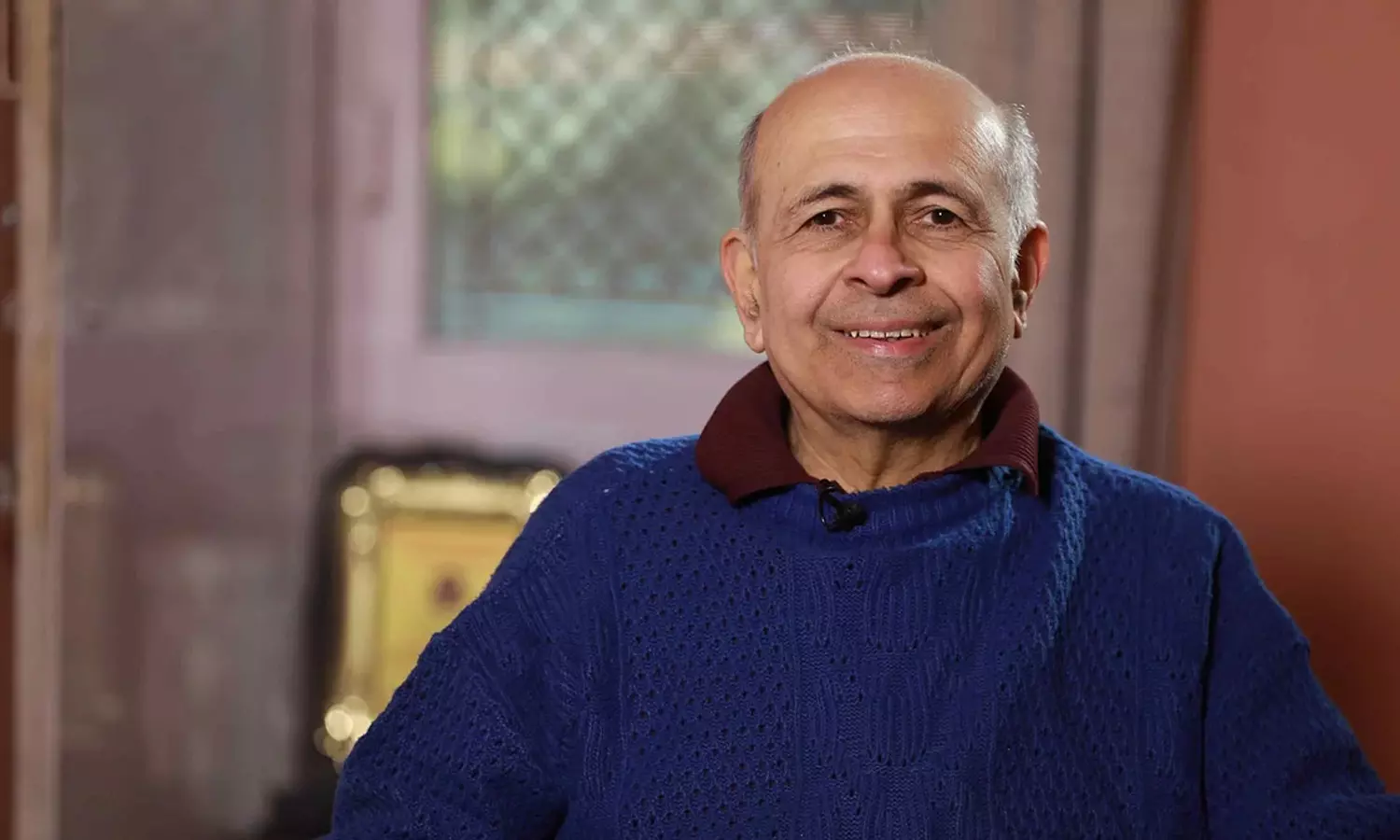Straight Out Of Pages
Rest in peace: When Novy Kapadia realised what he wanted to be at the age of 9
Veteran commentator and author Novy Kapadia, widely been regarded as the voice of Indian football, passed away on Thursday. Here's a look at an excerpt from his most popular book 'Barefeet to Boots - The many lives of Indian football'.

One winter evening in 1961, while taking a stroll, my father and walked over to the Old Delhi Railway Station. On the platform, there were no security restrictions in those days — there was a buzz of excitement and a crescendo of noise. Hundreds of men, including the coolies, were chanting, 'Kalka Mail aa rahi hai, East Bengal aa rahi hai, Durand jeetne aa rahi hai.' I was a child of nine and was intrigued by the chanting, the festive atmosphere, the cheering supporters, and the happy, anticipatory looks on their faces.
The next evening the crowd was even larger. Their chanting reverberated around the entire station, 'Dakshin Express aa rahi hai, Andhra Police aa rahi hai, Durand jeetne aa rahi hai.' Suddenly the crowd surged towards the train as it slid to a halt by the platform. Some men emerged from the compartment and were immediately garlanded. There were shouts of 'Zindabad!', a bearded man and some others were hoisted on to shoulders by the assembled crowd and, amidst vociferous cheers, carried out of the station. I watched, entranced — to me, it seemed like they were the most popular men in the world. In my childlike imagination, they were the real heroes, and I wanted to be like them when I grew up.
The teams that had arrived at the Old Delhi Railway Station — East Bengal and Andhra Police (known as Hyderabad City Police till 1958) — were then India's premier football sides. They were going to play in the Durand Cup, India's oldest football tournament and the third-oldest in the world. Such was the breathless excitement for local Indian football teams, not only in Delhi but in many other parts of the country too.
The players' simple attire (trousers and dark coats) and humble demeanour as they stepped out of the train were quite remarkable. It did not strike me then but now I realize that the great players of these two clubs just blended into the crowds that had come to cheer them. There were no flashy clothes, expensive watches or fancy hairstyles. There was no prima-donna behaviour, and they were happy to mingle and chatter with the hordes of supporters who had gathered on the platform. The only aspect that set them apart from the crowd was their slim, athletic bodies, and that some of them were quite muscular.
When East Bengal walked out, the most popular player was the chubby-faced Ram Bahadur. My father told me that he was India's best midfielder, had played in the Olympics a year ago, and was very agile. The strapping, bearded Yousuf Khan was greeted with loud cheers by Andhra Police fans. He was hoisted on the shoulders of a dozen young men and carried triumphantly out of the railway station. Another striking and popular personality in this team was the goalkeeper, Mohammed Salim, with his Tarzan like physique. They were the middle-class and working-class heroes of Indian football.
This passage is an excerpt from the book 'Barefeet to Boots - The many lives of Indian football' by one of India's most revered football journalists Novy Kapadia, who breathed his last today. In his book, the renowned journalist reveals Indian football's glorious legacy through riveting descriptions of on-field action, stories of memorable matches, lively anecdotes and exclusive conversations with legendary players and officials.
